surface grinding magnetic chucks
- TOP 3 Technologies
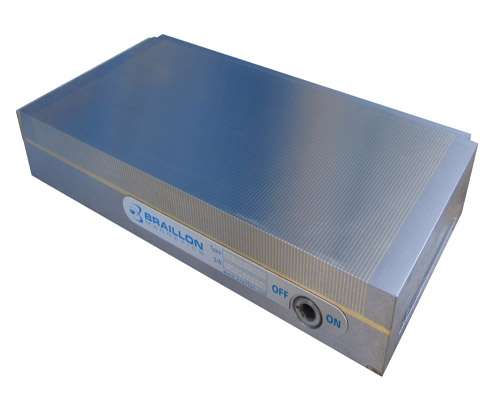
Permanent Surface Grinding Chucks
No electricity is needed for a permanent magnetic chuck. These surface grinding magnets are activated mechanically.
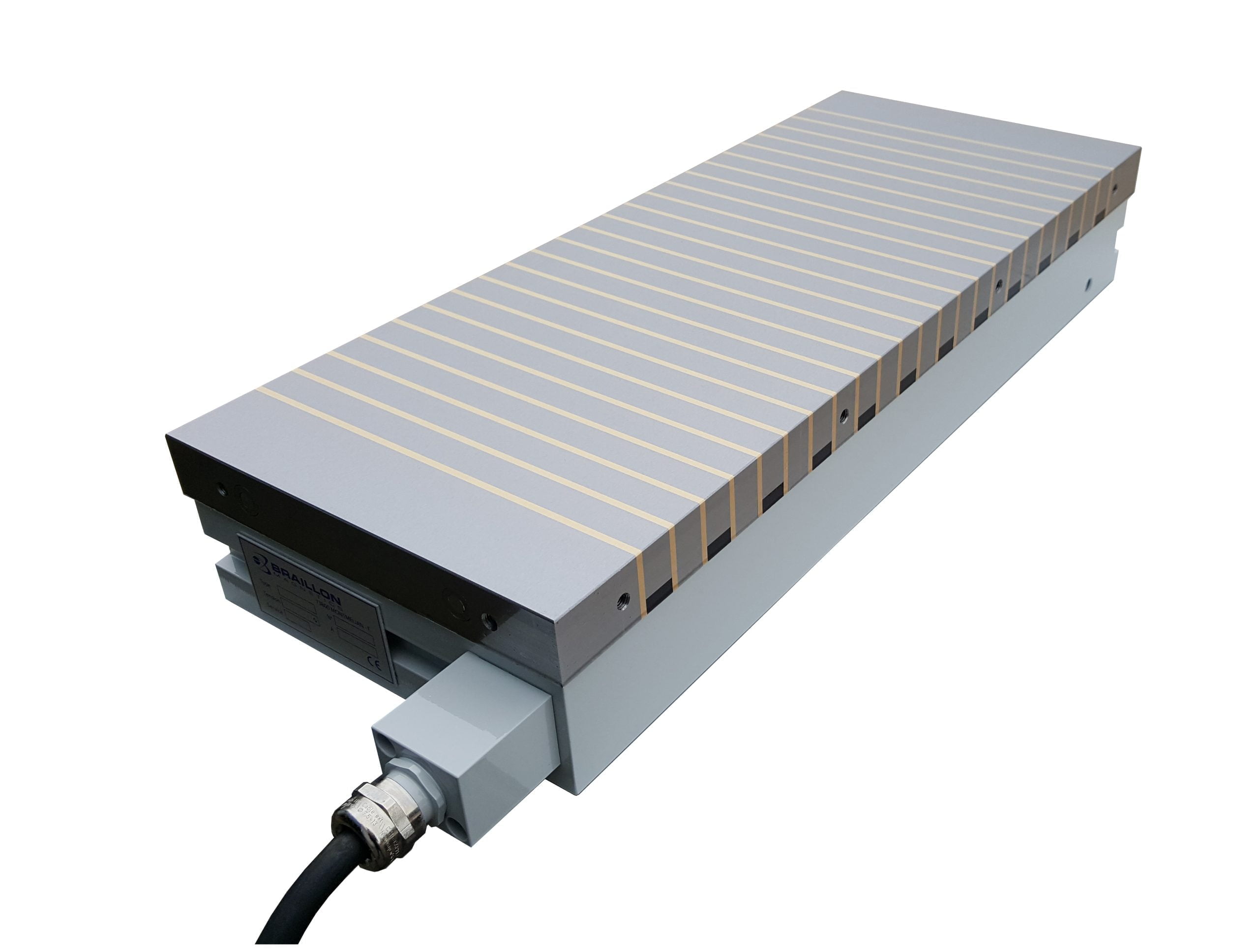
Electromagnetic surface grinding chucks
The main advantage to this type of chuck on a surface grinder is being able to feather the magnetic strength variation up or down.
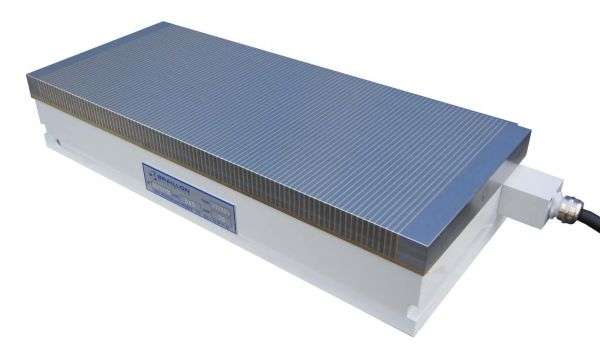
electro-permanent surface grinding chucks
You know the importance of keeping your part cool. Use as a Surface grinding or Sinker EDM magnetic chuck. Produces zero heat.
ADVANTAGES VS DISADVENTAGES OF EACH TECHNOLOGY
| Magnetic Technology | Advantages | Disadvantages |
|---|---|---|
| Electromagnetic | Strong and deep magnetic field, adjustable magnetic force with use of a potentiometer, easy to turn on and off, great option for junk yard magnets and certain surface grinding applications | High power consumption, requires a constant power source, can generate heat during use, potential for electromagnetic interference |
| Electropermanent | Strong and powerful holding force, does not require a continuous electrical source, does not generate heat, adjustable magnetic force via remote control, easy to turn on and off, great option for all workholding and many lifting applications | Can be more expensive than some electromagnetic systems and regular permanent magnets |
| Permanent | No power source required, lower cost, low maintenance, no risk of electromagnetic interference, long-lasting magnetic force | Fixed magnetic force, may not be strong enough for some applications, may not be suitable for all workpiece shapes and sizes, difficult to turn on and off |
Permanent Surface Grinder magnetic chucks

fine pole permanent magnetic chuck TYPE PF2
The PF2's are our top selling permanent magnetic chucks for grinding , available in multiple sizes. A brass and steel fine pole top plate. Made with very strong rare earth magnets.
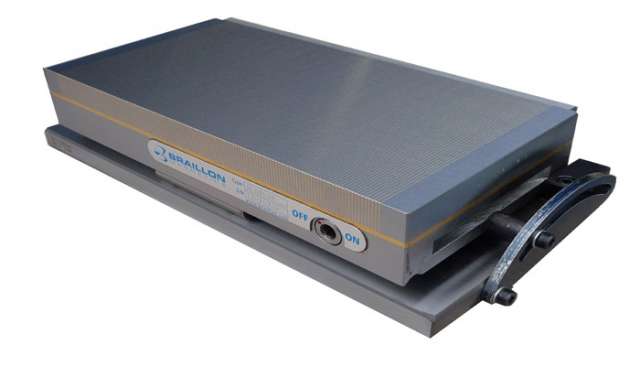
FINE POLE PERMANENT CHUCK ON SINE Type pf2/ss
This is our state of the art, a fine pole permanent chuck. Available on a customized sine table or double sine. Angle the magnet to your specific needs.
Electromagnetic surface grinding chucks

Type ICA
A classic electromagnet for your surface grinder. it comes in 3 standard pole pitches of 13, 18 and 25mm. Uniform force over full top plate.
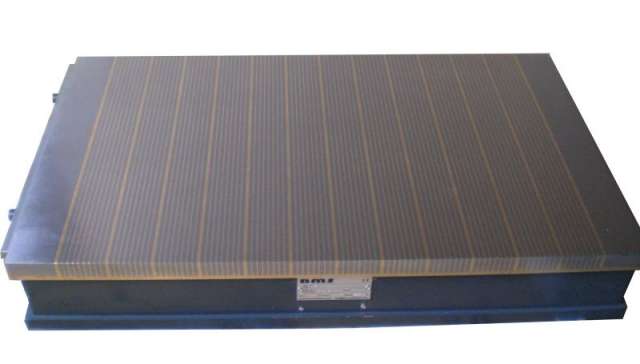
TYPE BJP
The BJP is often considered the rolex of electromagnetic chucks for surface grinding due to the many coils it is was designed with.

TYPE EMU
The EMU is a superb fine pole electromagnet. Great for thin and small parts due to its 5mm pole pitch made of 1mm brass and 4mm of steel.
Electro-permanent surface grinding chucks

Type EPICA
The EPICA is the electropermanent version of the ICA chuck as seen above. Available in 13/18/25mm pole pitches.

TYPE BLU
A great 19mm pole pitch for this BLU electro-permanent magnetic grinding chuck. A great option for your surface grinder.

TYPE EPEFINE2
5mm fine pole magnetic chuck. The Epefine2 is top of the line when it comes an electro-permanent option for thin or small parts.
